Did you know that even the outlets you use every day have polarity, just like batteries, which clearly indicate the positive (+) and negative (-) terminals? When connecting batteries to devices, reversing these connections can result in the device not working or running in reverse. Similarly, the two holes in a power outlet are divided into hot (ungrounded) and cold (grounded) sides. The hot side can be referred to as the positive (+) and the cold side as the negative (-). Simply put, the hot side is the entrance for electricity, and the cold side is the exit. Not only outlets but also the power plugs of electrical appliances have polarity.
■ Aligning Polarity
Most people don’t pay attention to the orientation of the outlet and plug when using electrical appliances, as they generally function normally once plugged in. However, it is actually better to align the polarity correctly.
So, why is it important to align the polarity? Let me explain a few reasons.
○ About Noise
When the polarity is correctly aligned, the electrical current flows smoothly. However, if the polarity is reversed, the flow of electricity is disrupted, and excess current, which should be grounded through the cold side, may not be fully discharged, resulting in noise. This can be a noticeable issue, especially with audio and video equipment.
○ Increased Risk of Electric Shock
As I briefly mentioned in a previous article
⇒ Past blog: "Microphone Grounding and Noise"
Differences in the electrical potential of equipment can sometimes lead to electric shocks.
To explain this using my own equipment...

I measured the AC voltage between the ground of the guitar amp and the microphone using a tester. It showed a potential difference of 59.1V. While it's often not noticeable when touching it with dry hands, the moisture on your lips makes it easier to feel the electricity, resulting in a tingling sensation. It’s painful and could potentially lead to a serious accident if things go wrong.
*Note: This was a simulated environment to reproduce a problematic situation.*
Now, I tried reversing the power plug of the guitar amp.

The potential difference dropped to 19.82V, which is barely noticeable. This occurred because the polarity was not aligned properly. The reason there is still a 19.82V potential difference, even with correct polarity, is that the grounds of the microphone and the guitar amp are not connected. Additionally, the mixer connected to the microphone and the guitar amp are drawing power from separate sources.
These two points are especially important for musicians to pay attention to. Beyond this, polarity can also affect things like the increase or decrease of electromagnetic waves, the processing speed of PCs, device performance, and energy-saving efficiency.
I plan to buy a measurement device to test electromagnetic waves in the future.
■ How to Check Polarity
To match polarity, it is necessary to check the shape and markings of the outlet and plug.
○ Checking the Outlet
The holes in a standard outlet typically differ in size, with the left side being larger and the right side smaller. This is an important point for identifying polarity: the larger left side is the cold (neutral), and the smaller right side is the hot (live). The image below includes lines for clarity.
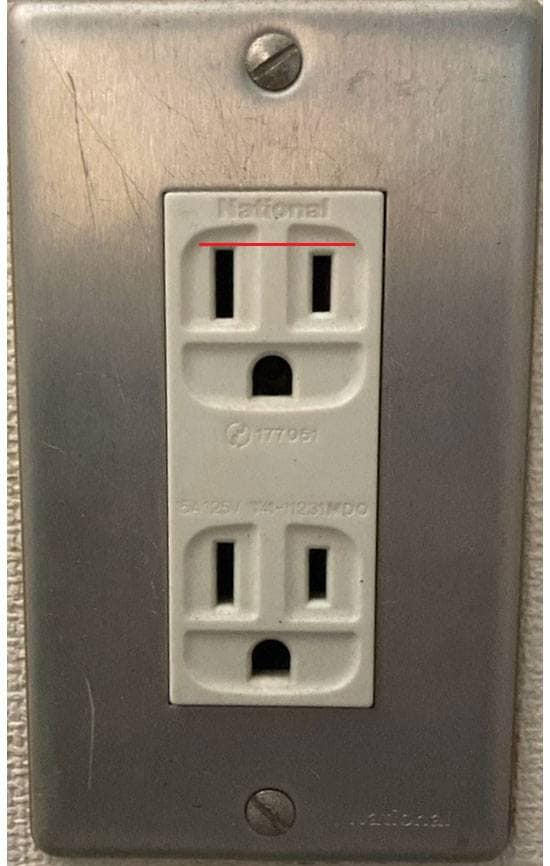
Here’s an important caution: in rare cases, due to a wiring mistake by an electrician, the hot and cold sides may be installed in reverse. There are ways to check the polarity yourself, which I’ll introduce below:
1. Using a Voltage Tester or Test Screwdriver
You can purchase a voltage tester or test screwdriver at hardware stores. Insert it into the hot side, and it will light up or make a sound to indicate the hot side.
2. **Using a Multimeter**
Set the multimeter to AC mode, insert one probe into the hole you want to test, and touch the other probe to an uncharged metal surface. If it's the hot side, you'll see around 90V.

I tried it with a nearby outlet.
*Note: Changing the polarity of a wall outlet requires a licensed electrician. If you want to change it, consult an electrician or a construction company.*
○ Check the Plug
The cold (neutral) side often has a mark like this.
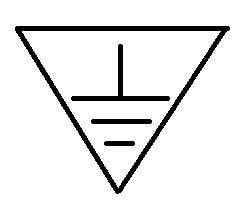
Other markings may include a ▲ symbol, "G," numbers, or lines/letters on the cable side, which indicate the cold (neutral) side. These are the ones I'm aware of, though there may be others. Some plugs have no markings at all, and in those cases, it's hard to tell.
■ Summary
Outlets have polarity, and aligning the polarity allows electrical appliances to perform at their best. For those working with audio equipment, aligning the polarity also helps prevent accidents.
I hope this article serves as a starting point for solving any related issues.
As a side note, "コンセント" (consent) is a Japanese-English term. In English-speaking countries, it’s called an "outlet."






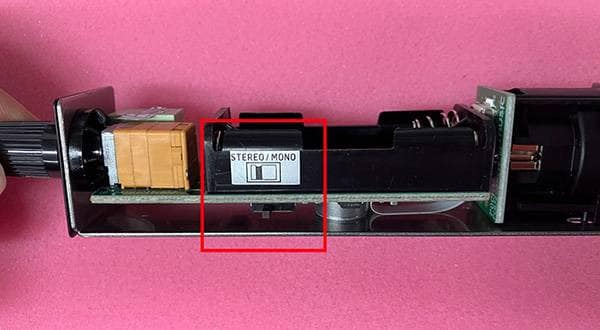

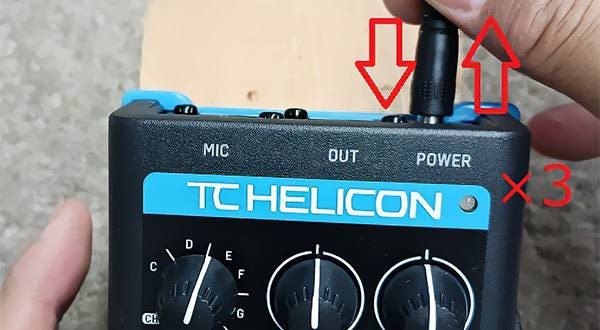
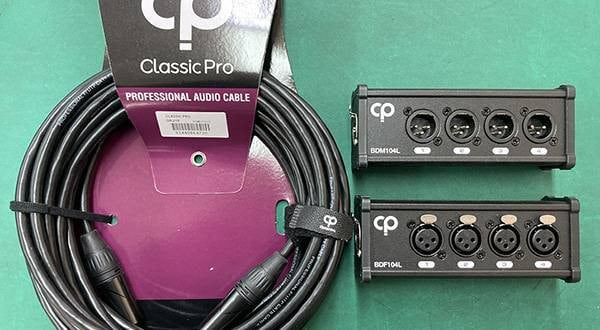
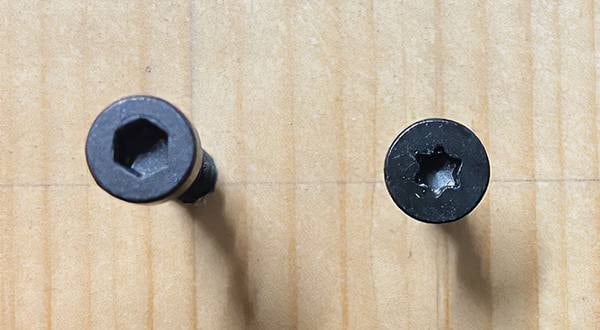
![[Latest for 2022] Simple Guide to Choosing a UPS](/contents/uploads/thumbs/2/2022/1/20220118_2_16206_1.jpg)
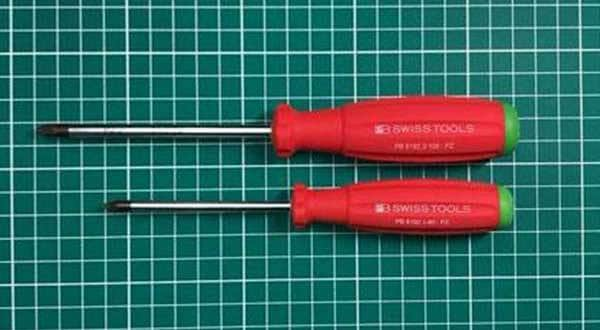
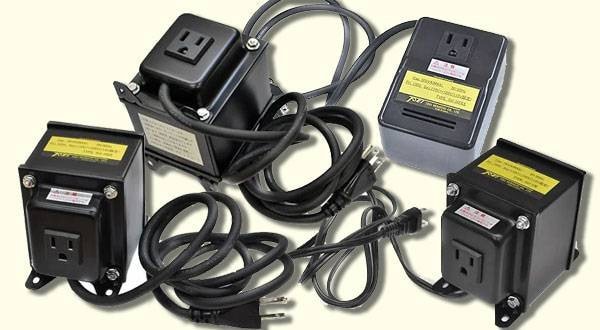
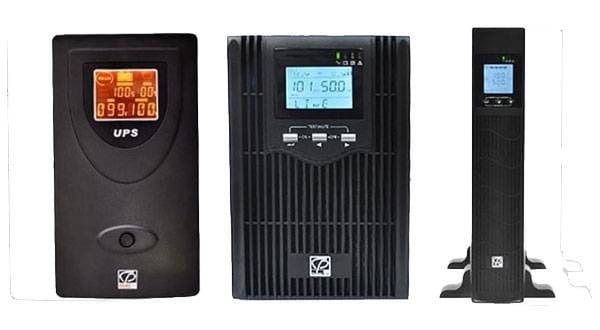
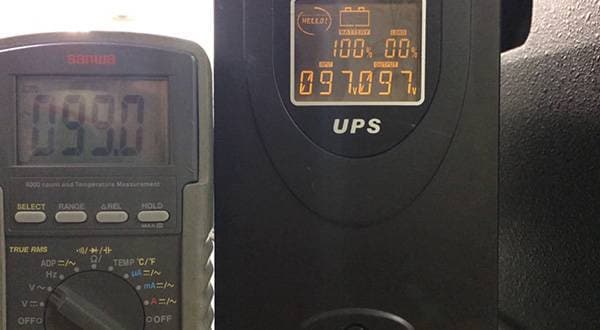
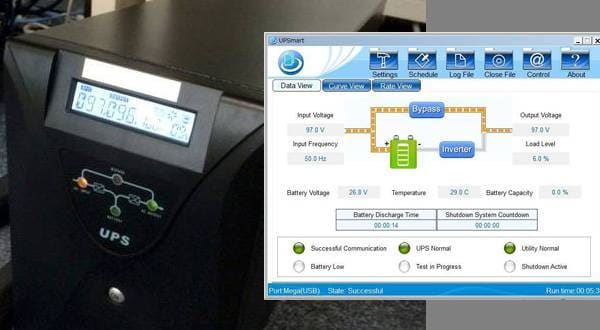
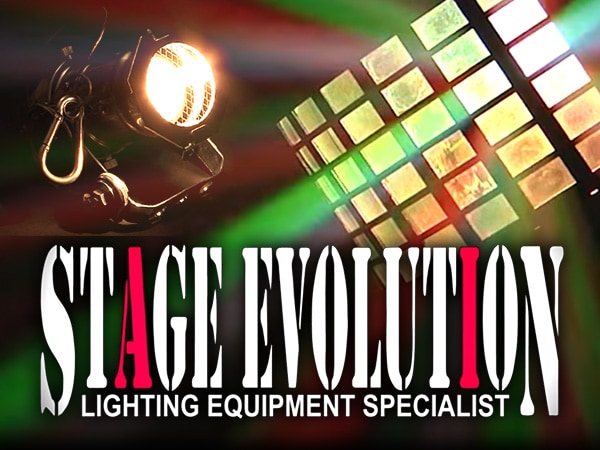 STAGE EVOLUTION ステージ照明
STAGE EVOLUTION ステージ照明
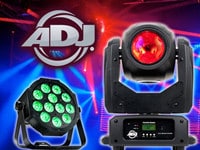 AMERICAN DJ ステージ照明
AMERICAN DJ ステージ照明
 Nitec ステージ照明
Nitec ステージ照明
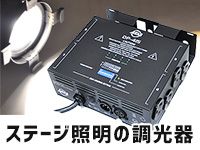 ステージ照明の調光器
ステージ照明の調光器
 EK Pro ステージ照明
EK Pro ステージ照明
 プロ仕様 ステージ照明 ELATION
プロ仕様 ステージ照明 ELATION















